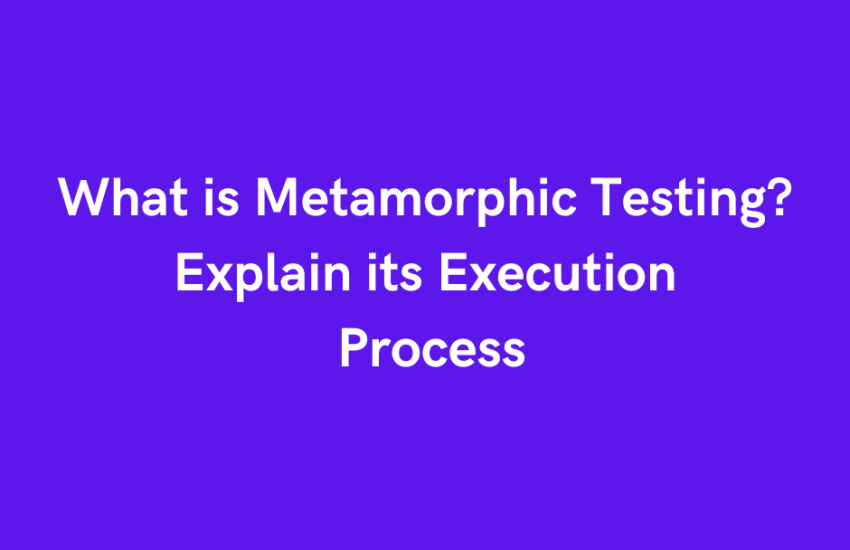Metamorphic testing is a software testing technique used to verify the correctness of a program by exploiting the properties of metamorphic relations. Metamorphic relations are relationships that exist between the input and output of a program, even when the exact output cannot be predicted or verified directly. Instead of comparing the output of a program against expected results, metamorphic testing focuses on testing whether the relationship between the input and output remains consistent under certain transformations.
The process of metamorphic testing typically involves the following steps:
Identifying metamorphic relations: This involves identifying properties or relationships that should hold between different program executions. These relationships can be identified based on the nature of the problem domain or the requirements of the software.
Defining metamorphic relations: Once the relationships are identified, they need to be formalized into metamorphic relations, which are expressed as rules or constraints that should hold between inputs and outputs.
Creating test cases: Test cases are generated by applying transformations to the input data, such as permutations, scaling, translations, or other operations while keeping the relationship between the original input and output in mind.
Executing tests: The program is executed using both the original and transformed inputs, and the outputs are observed.
Checking consistency: The outputs of the original and transformed inputs are compared to check if they adhere to the defined metamorphic relations. If the relationships hold, the program is considered to be behaving correctly.
Iterating: If inconsistencies are found, they can provide insights into potential faults in the program, which can then be fixed. The process may involve refining existing metamorphic relationships or adding new ones to enhance test coverage.
Metamorphic testing is particularly useful in scenarios where it’s difficult to determine the expected output for a given input or where traditional testing methods may need to be revised. It’s often applied in areas such as machine learning, image processing, numerical computation, and other domains where precise expectations may be elusive or impractical.




